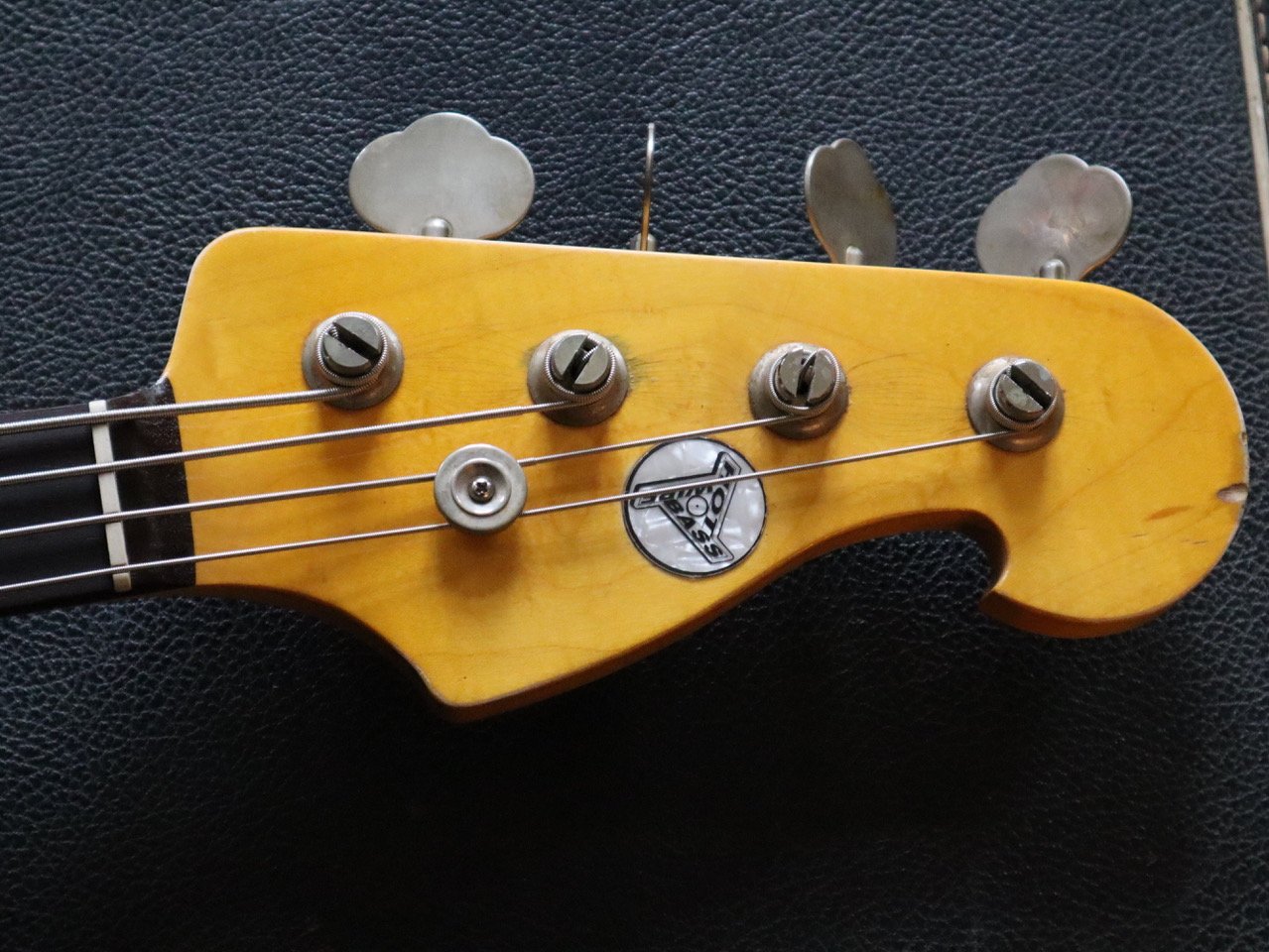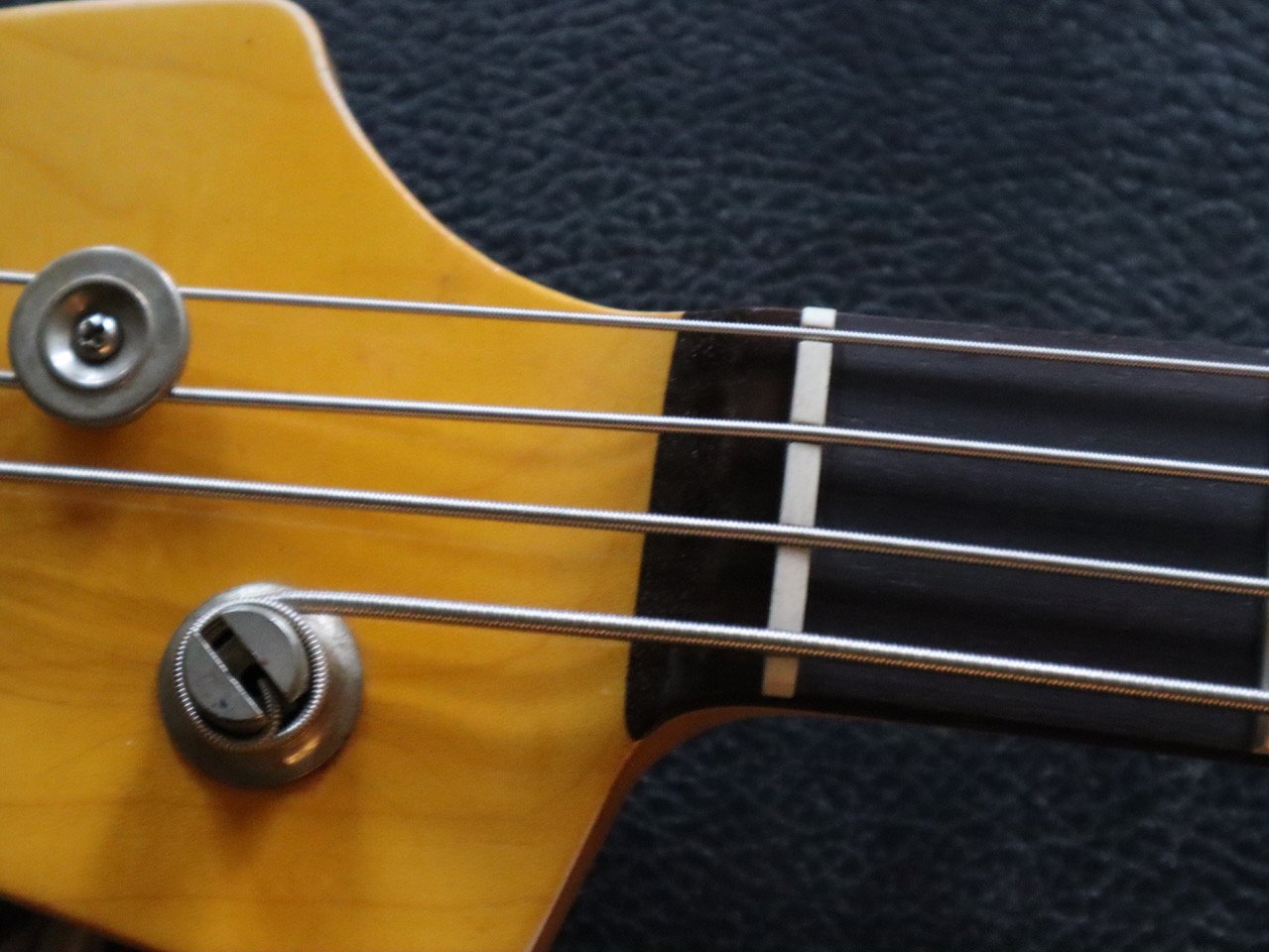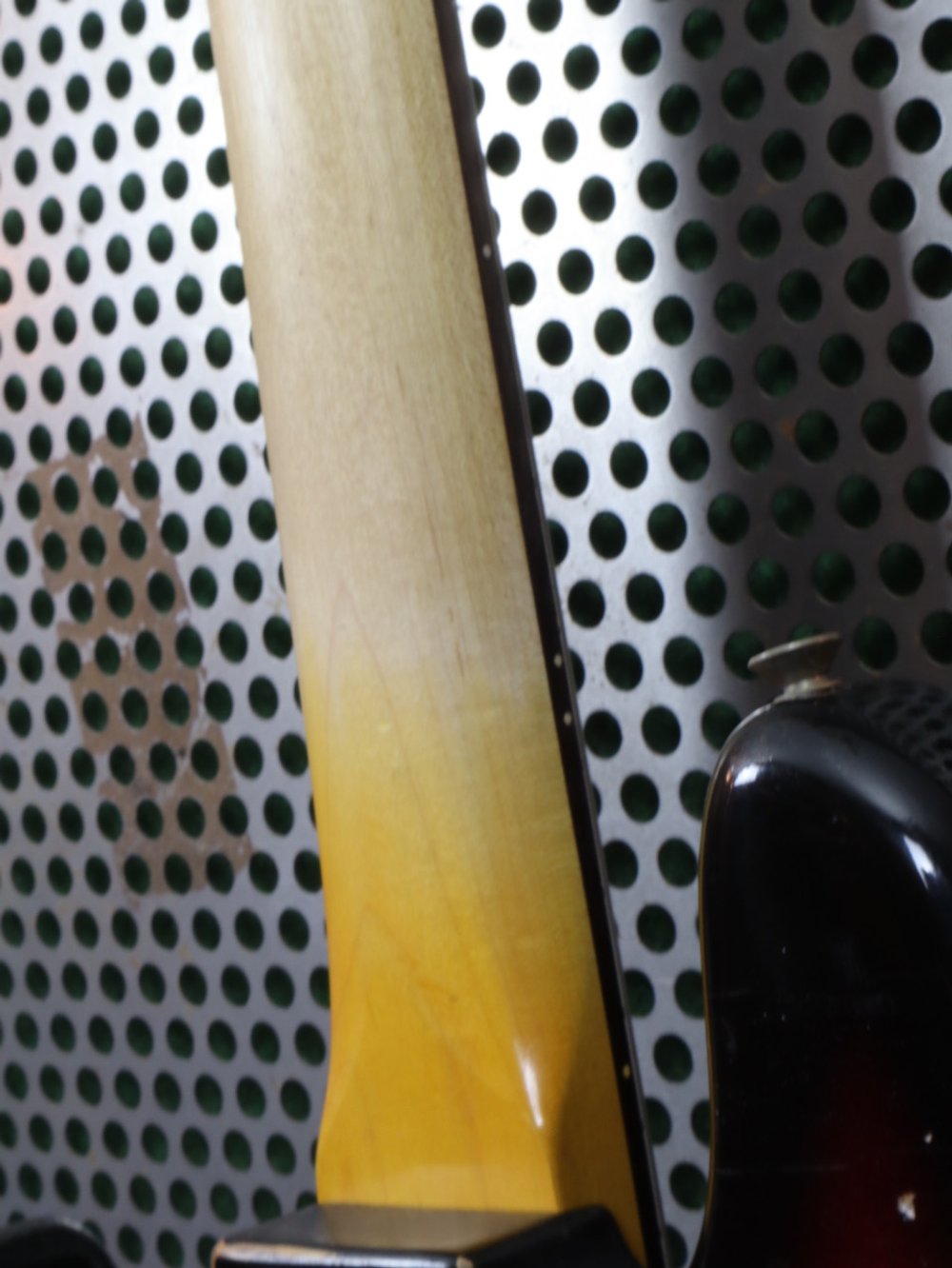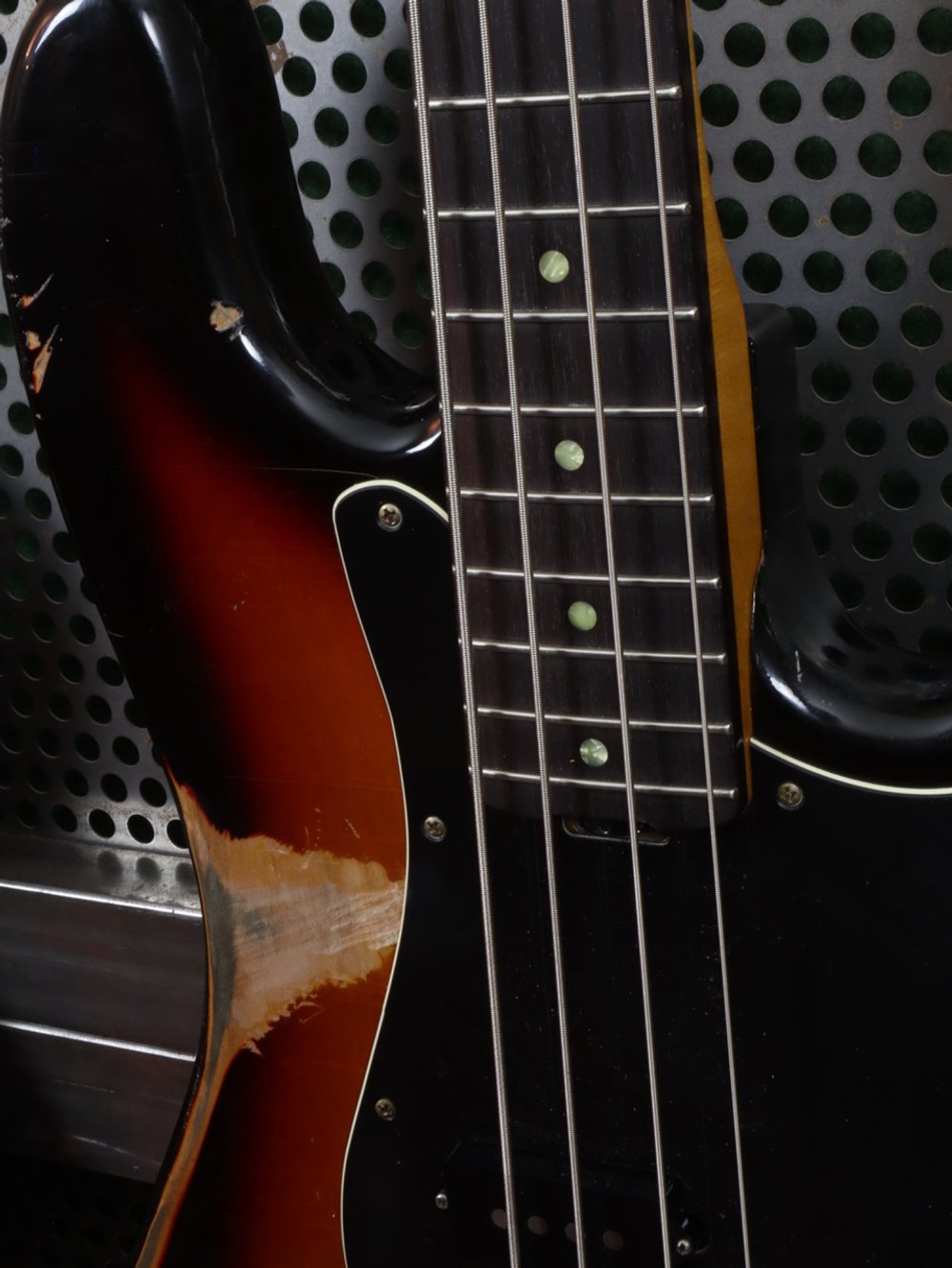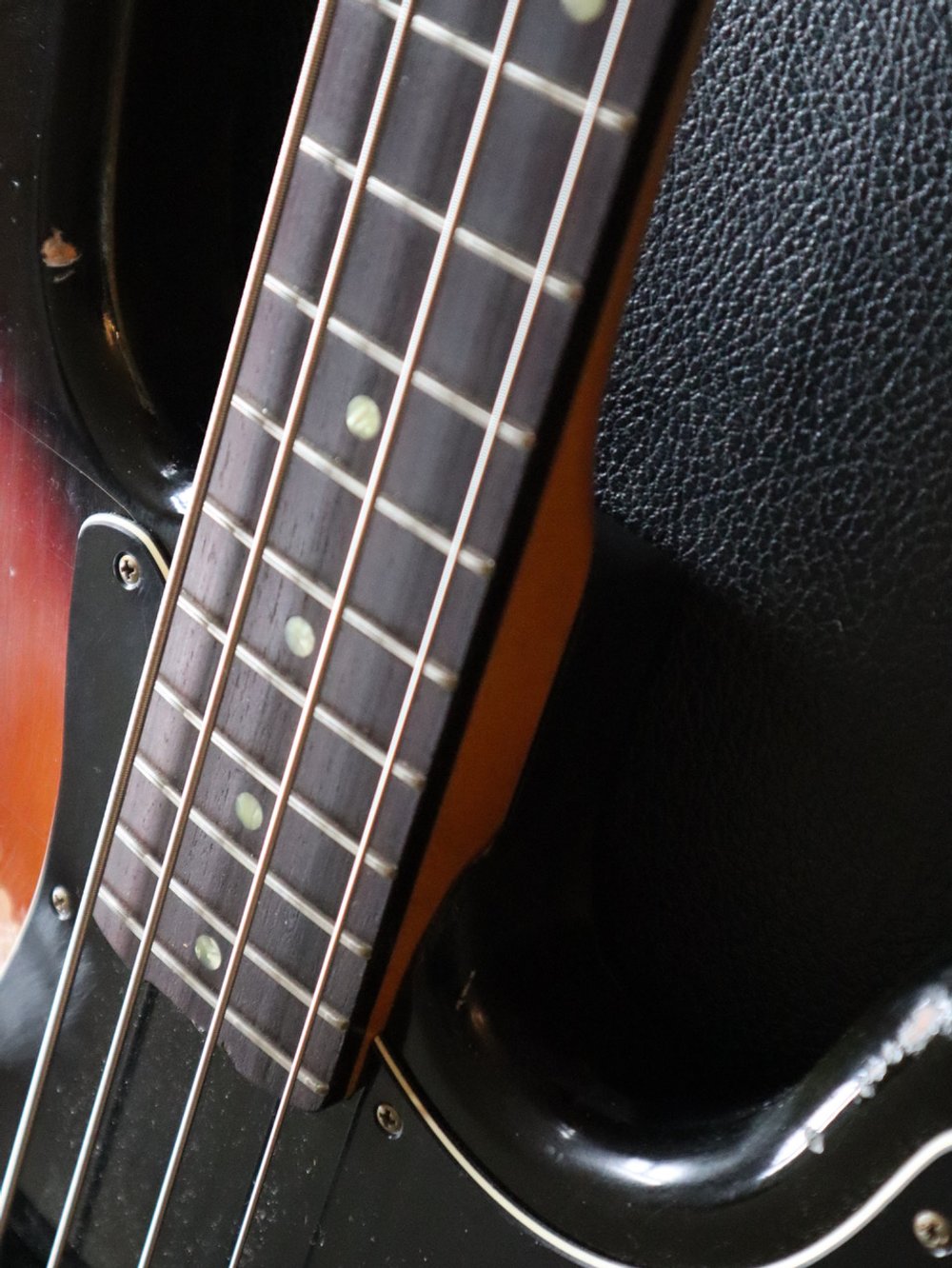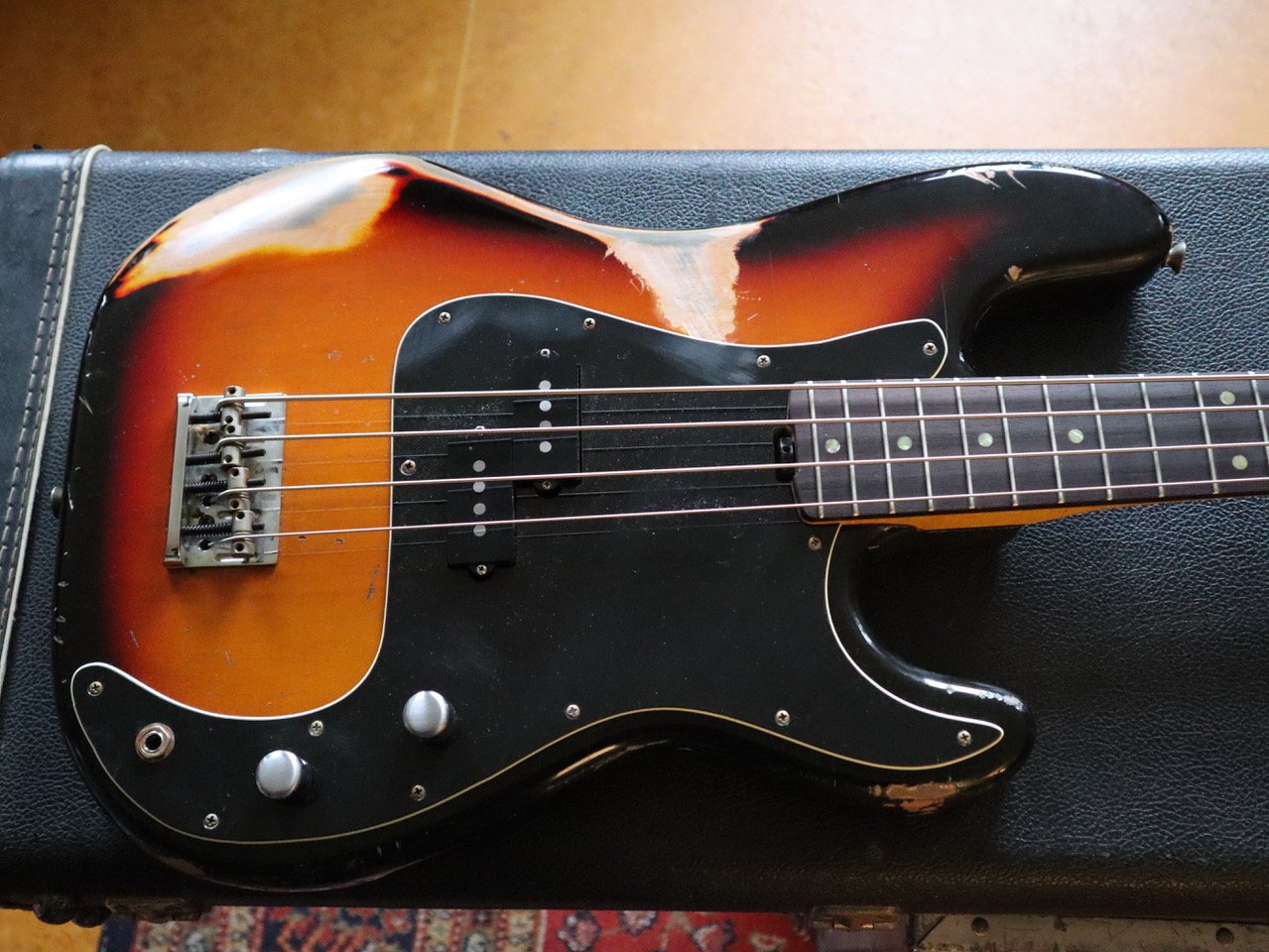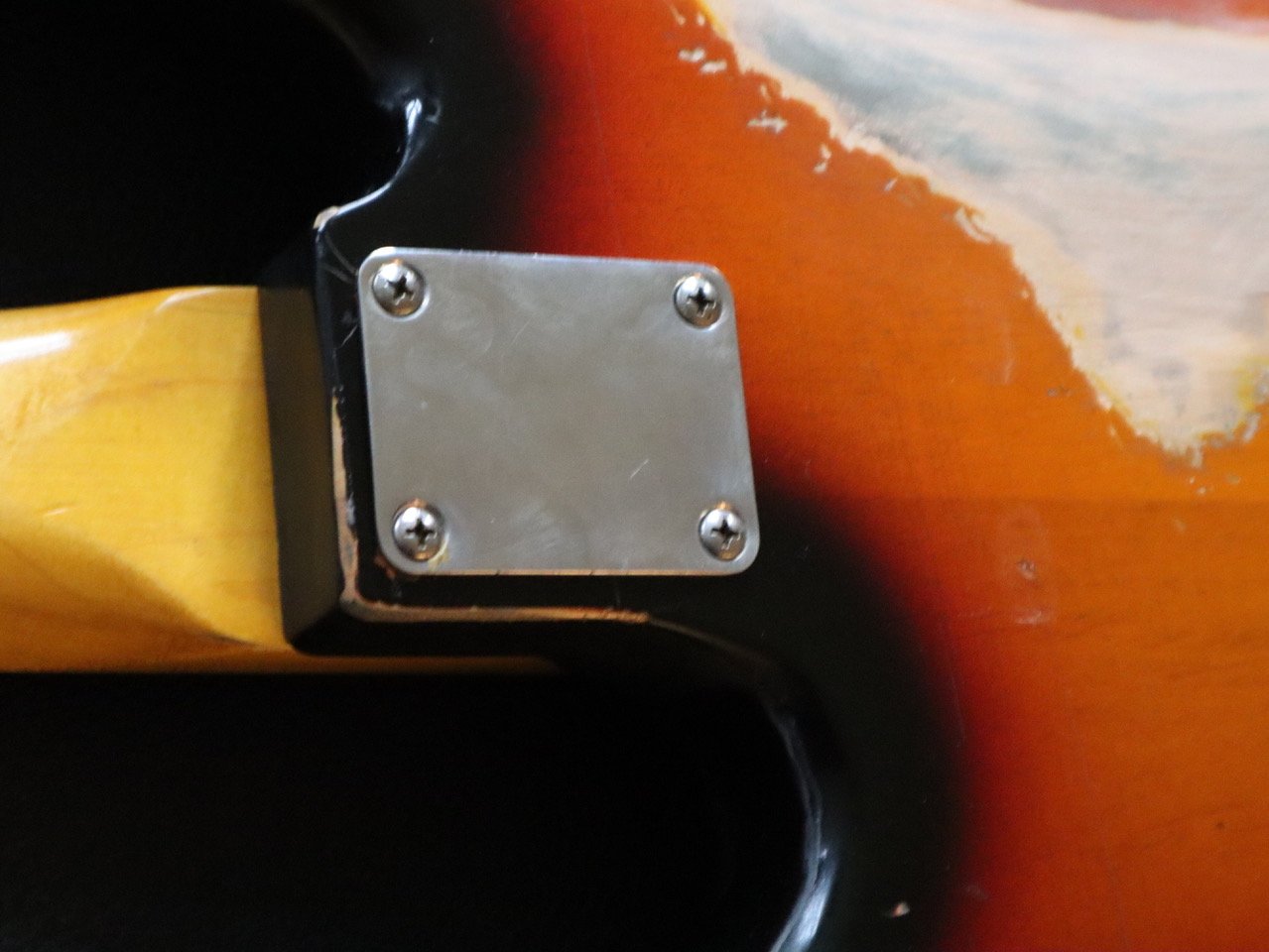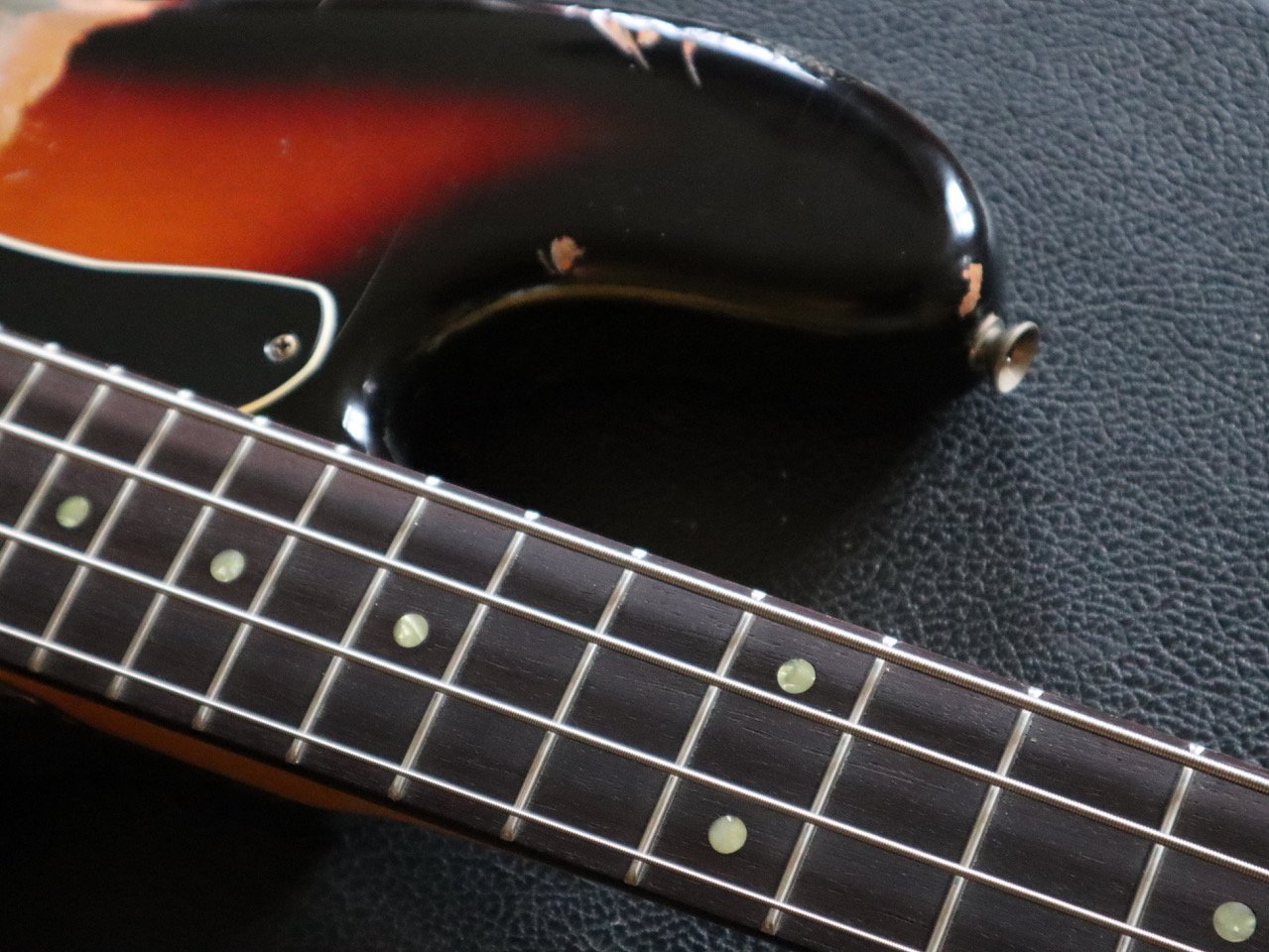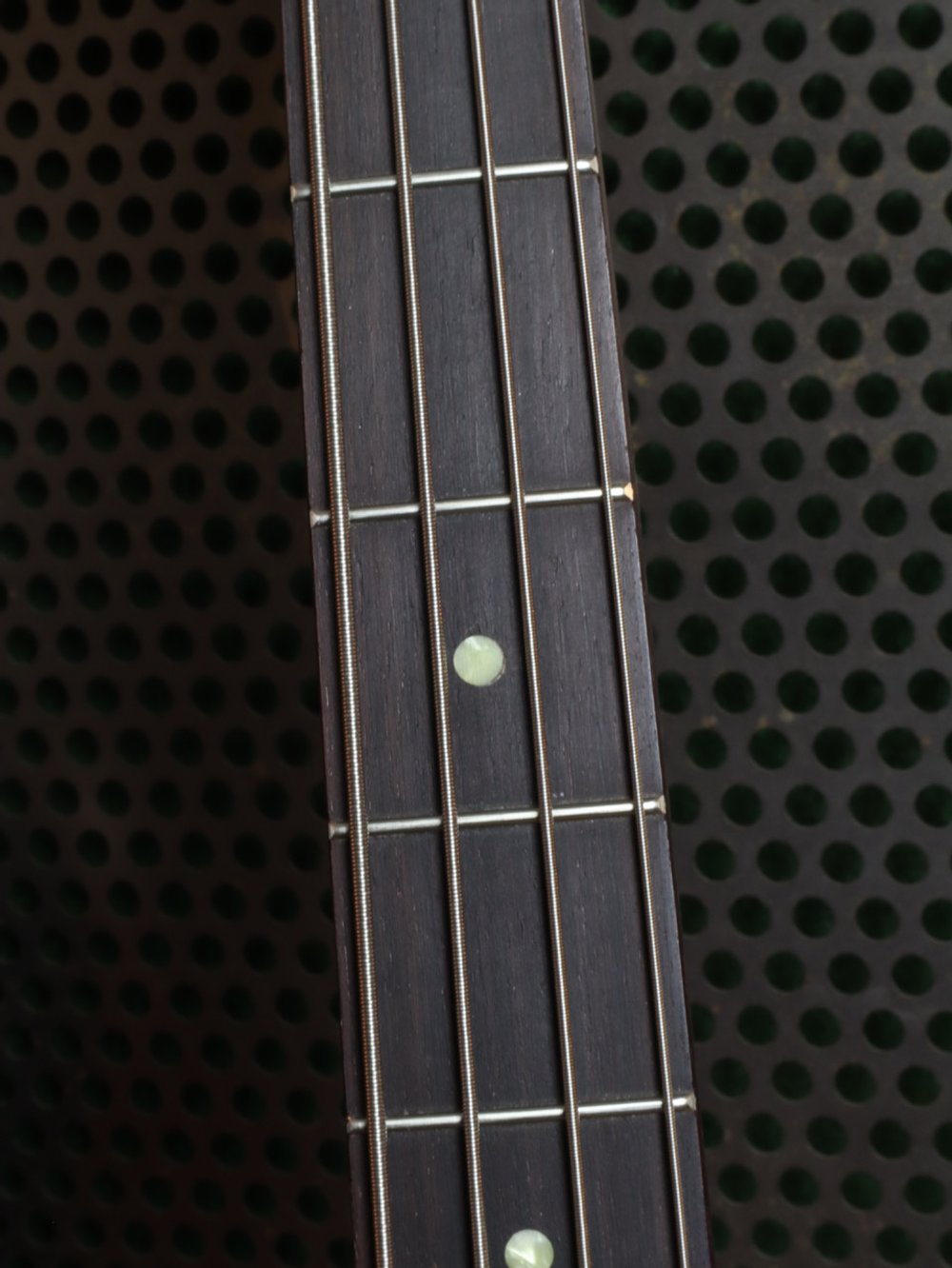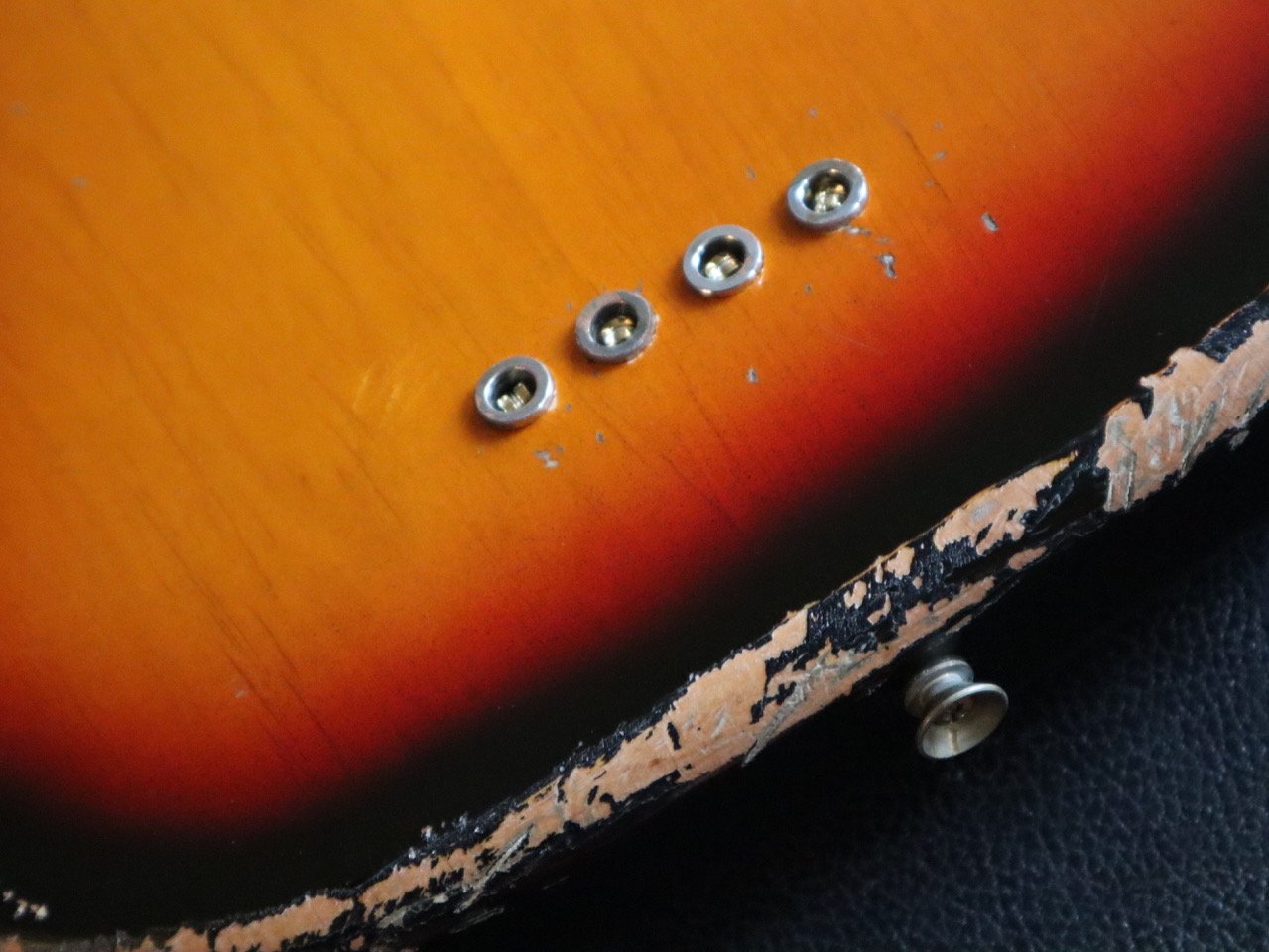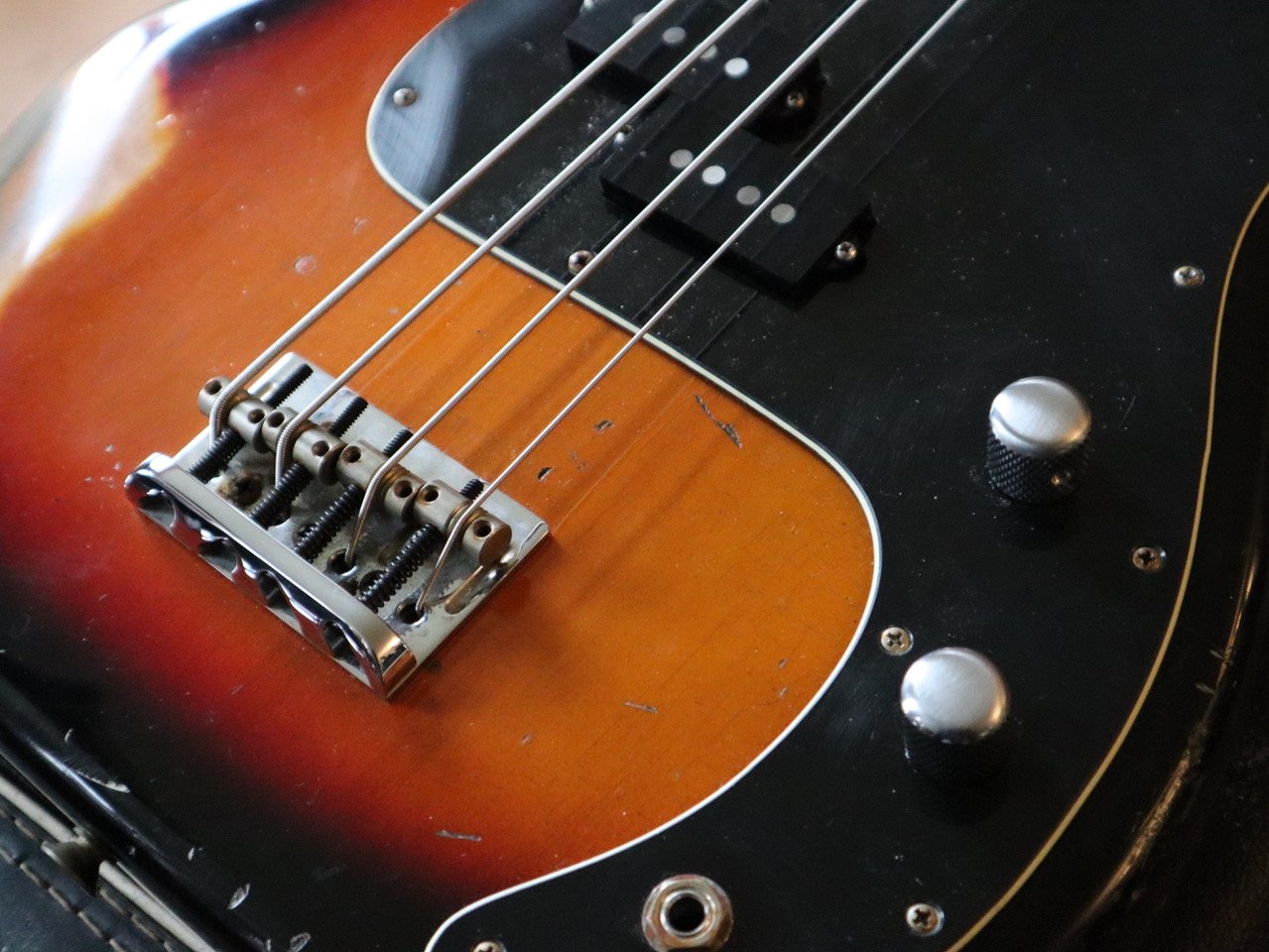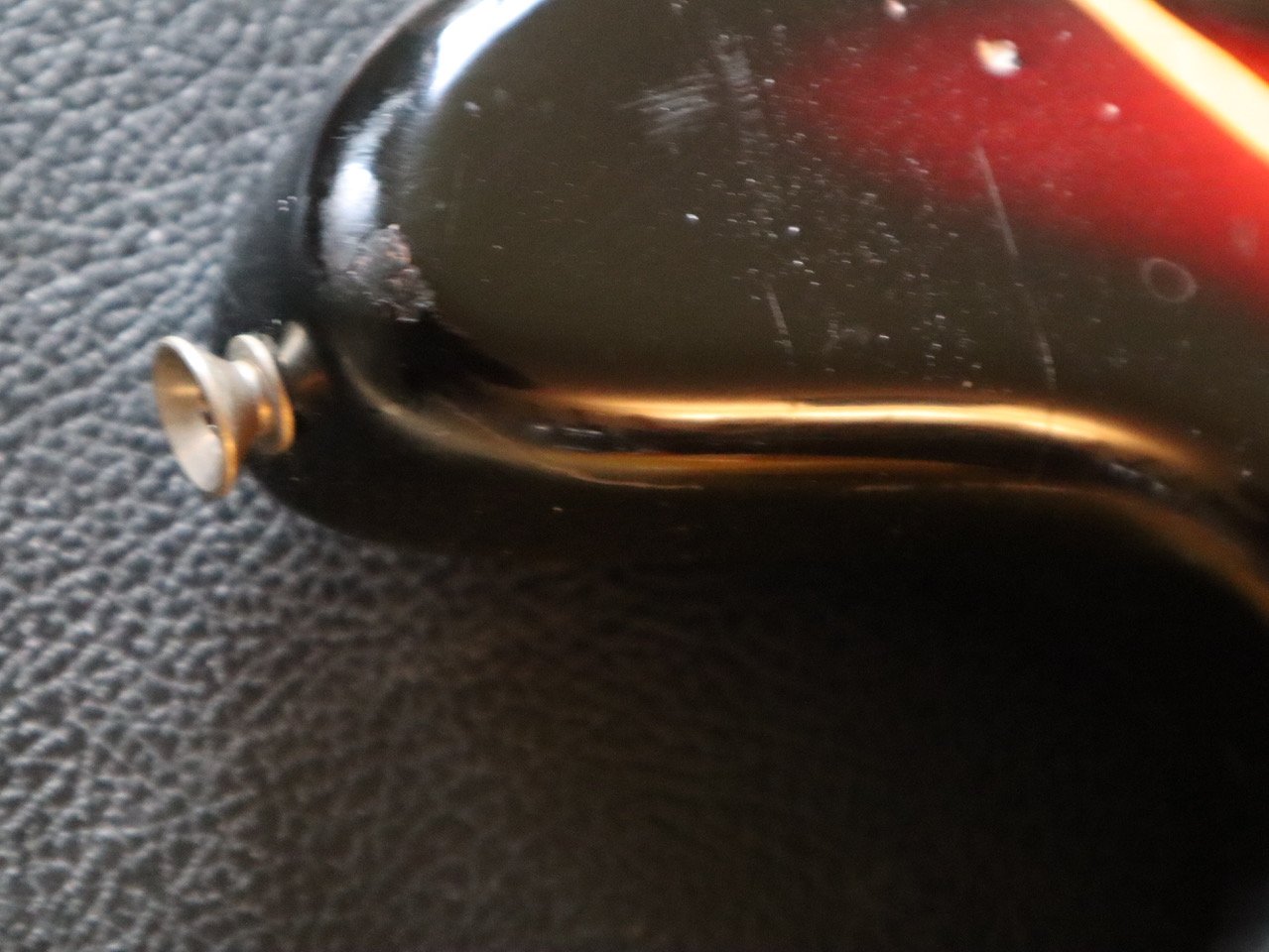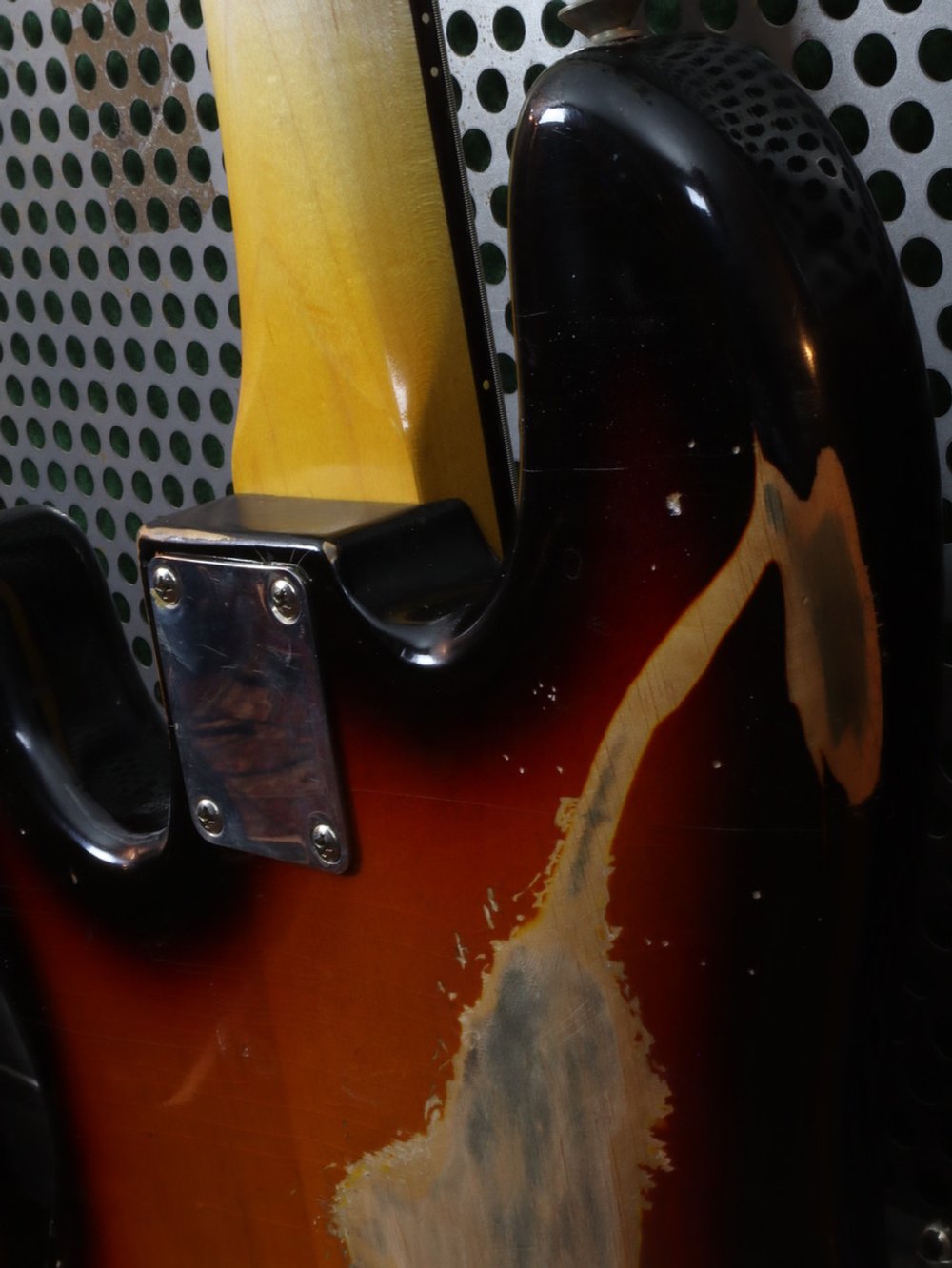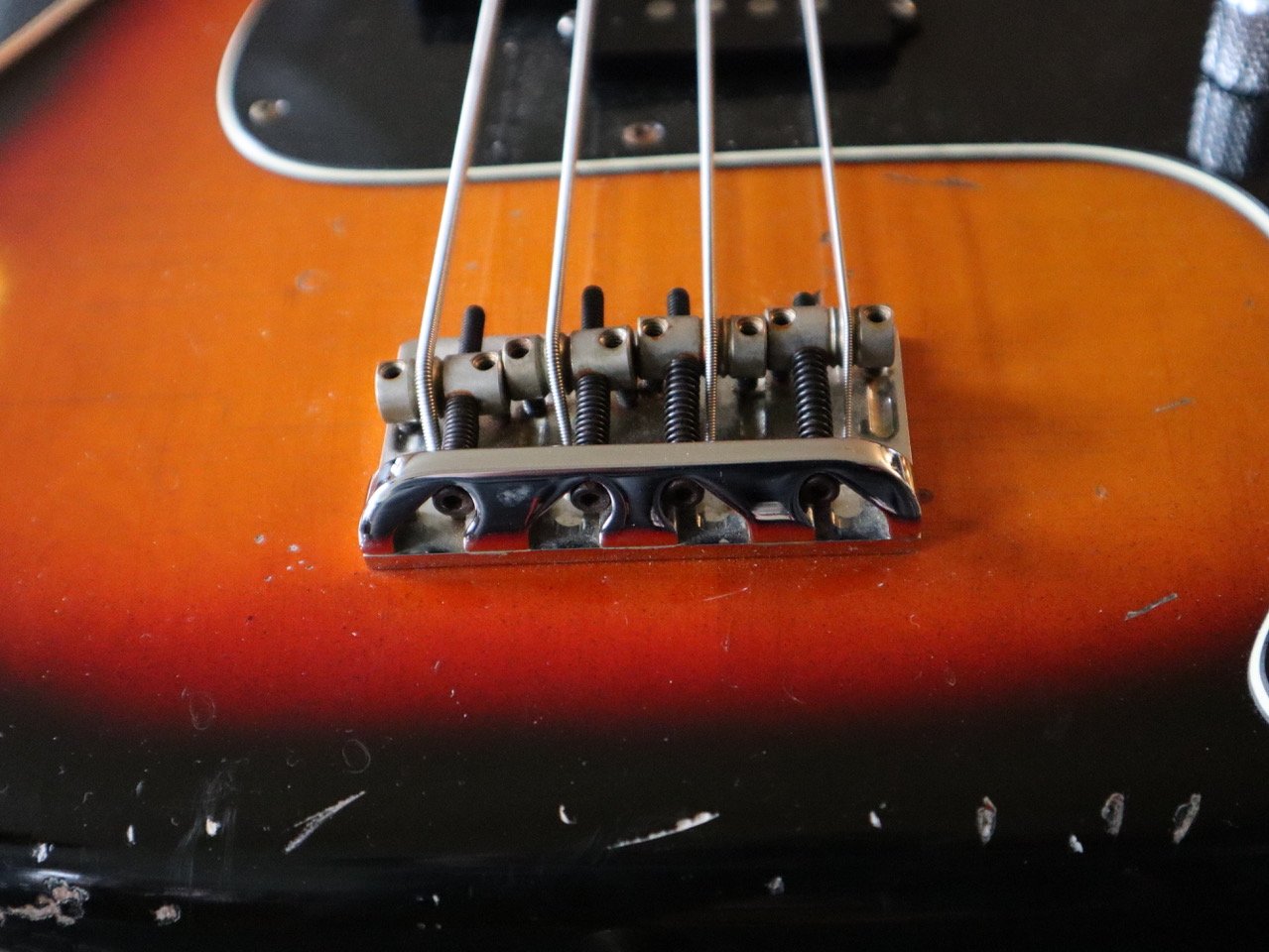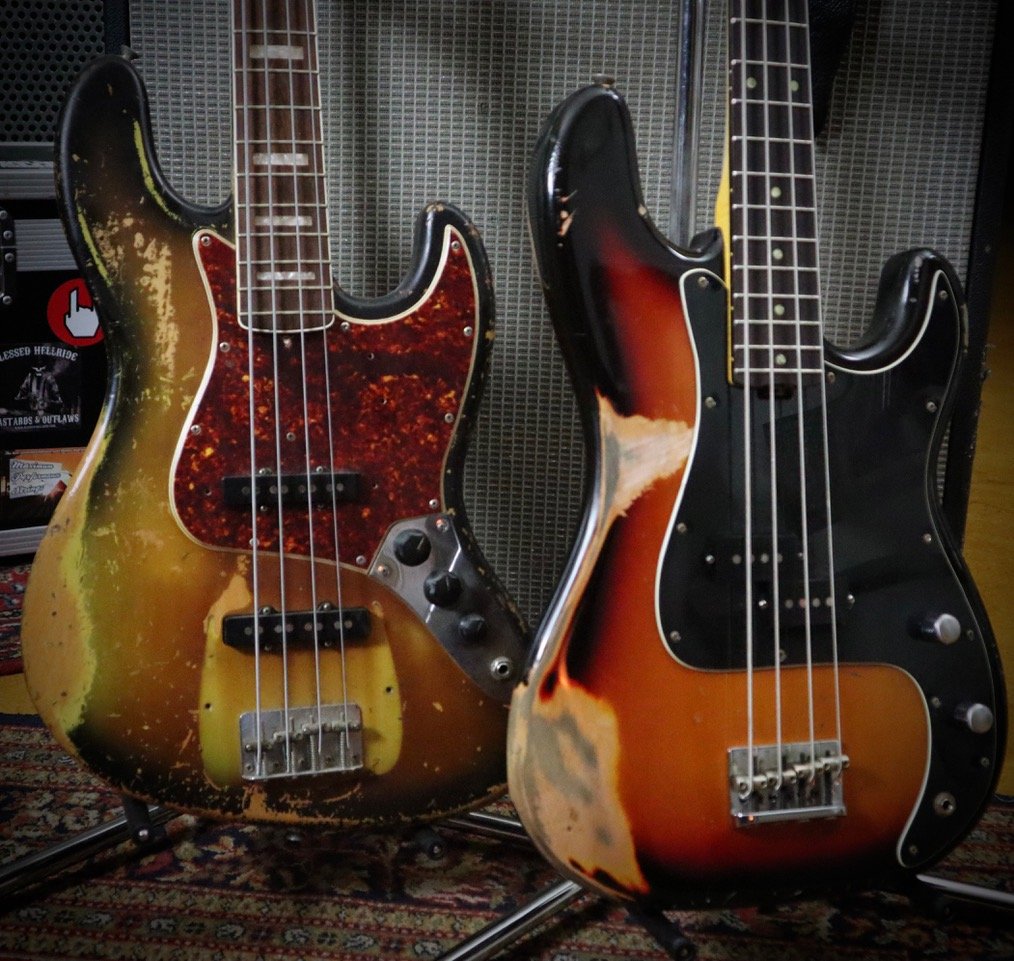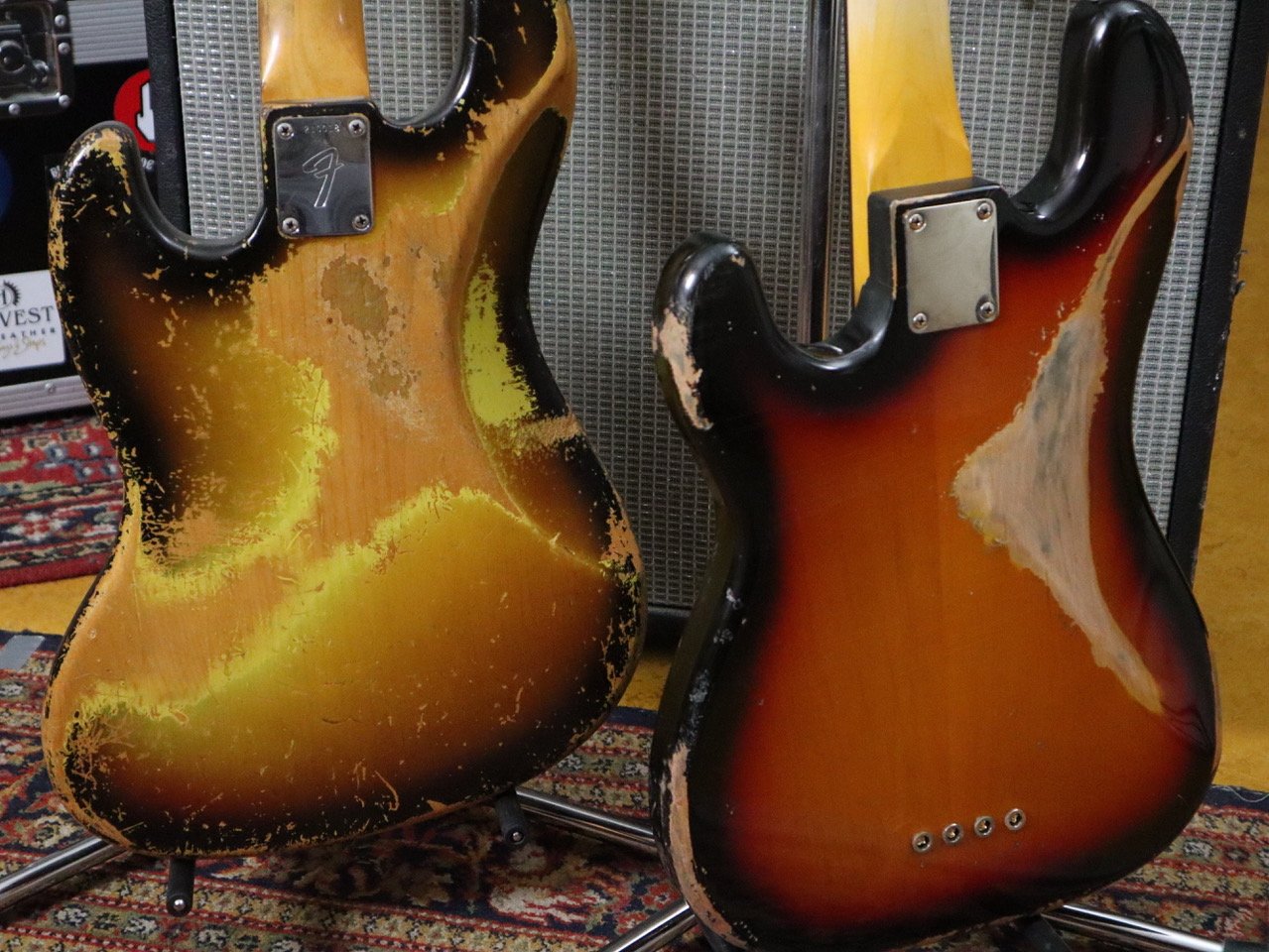Perfectly Aged Relic Bass
Vintage cars are restored to look like new again.
With basses and guitars it's the other way round: if the bass looks like it's been on tour for 30 years, that's cool. Why is that?
It's because old instruments, basses and guitars from the Fifties and Sixties, which were played extensively, look correspondingly rocked out. And we players like that a lot! In the meantime, the "real" oldies have become so expensive that one hardly dares to take them on a gig or a tour, the risk of theft or damage would be far too great. So they do "aging" or "relicing" and trim new instruments to look old. This trend started sometime in the nineties.
A bass that is forty years old and has been played a lot will show definite damage. This is because different materials were used back then. For example, until the mid-sixties, nitro was used for varnishing. Nitro is very sensitive, the instrument quickly gets scratches, the varnish cracks over time and the colour changes. Then new industrial lacquers came on the market, DD and PUR, hard lacquers that could also be applied more quickly. Nitro is now only used in special custom shops and by guitar builders. If you look at seventies instruments, they look different. The dings and dongs look not so beautiful anymore.
We at Hot Wire are vintage freaks and own a few real old pieces, and have seen it all. I started trimming basses back at Mr. Bassman before it became a trend. I also knew a few other guitar freaks who were similarly inclined. We were enthusiastic hobbyists and exchanged ideas regularly.
Accordingly, we also have the ambition to make authentic-looking “Relic” basses (and guitars). We treat every metal part, every single screw accordingly, so that the whole instrument looks evenly damaged. In secret special procedures, the lacquer and hardware are maltreated accordingly. Even the scratchplate has to suffer! We only do nothing to the frets and the fingerboard. Everything should work well and last a long time. We offer different aging levels: Soft, Medium and Heavy. The Prezz shown here has a "heavy aging".
Making a new bass look OLD
Hot Wire Medium Scale Prezz


